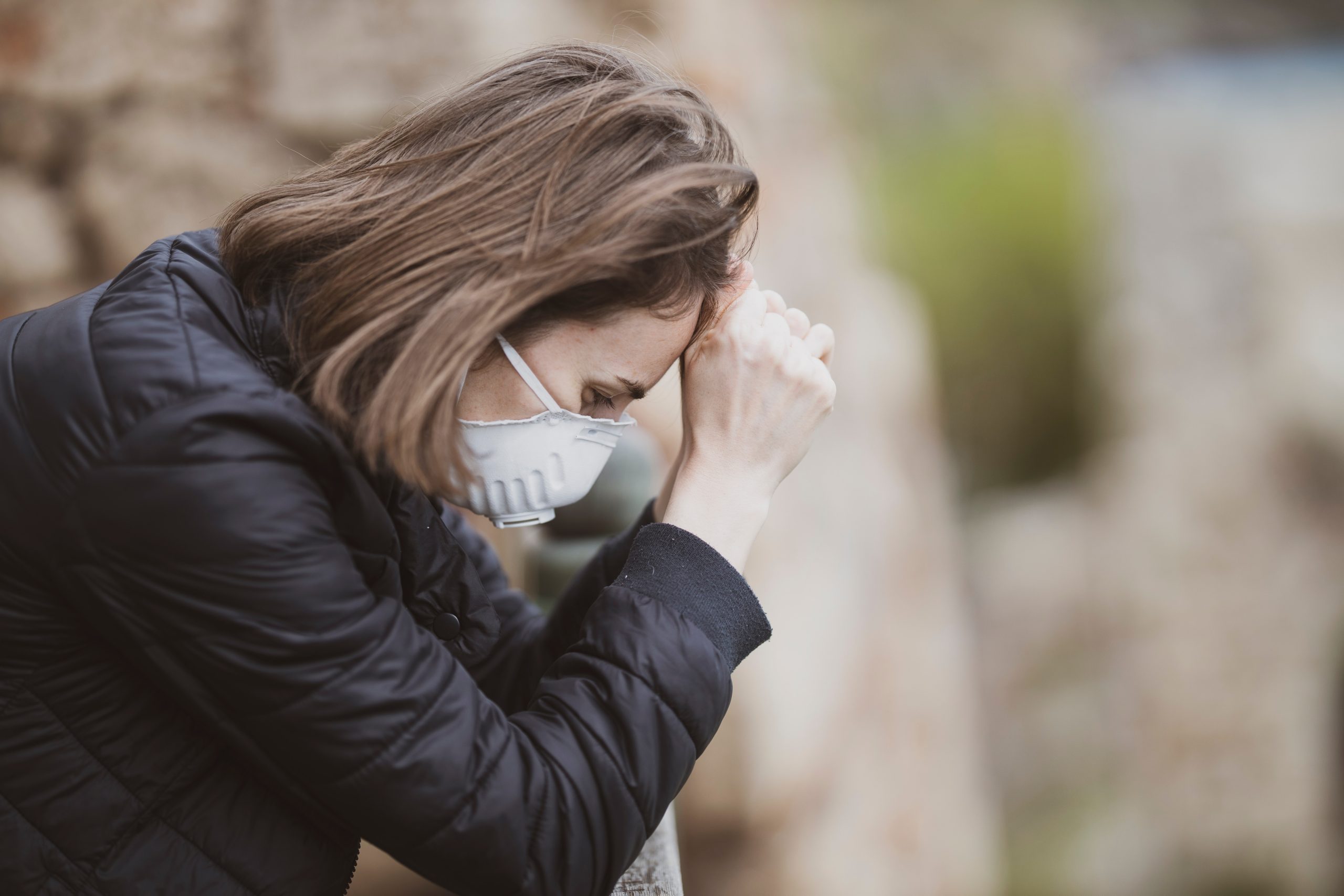When checking air quality or reading about air pollution, we come across the abbreviation PM. It stands for particulate matter, which is very harmful to human health. Particularly vulnerable groups are children, pregnant women, the elderly and those with existing respiratory or cardiovascular diseases and obesity.
- What is meant by a particulate matter?
- PM2.5 – what is it?
- PM10 – what is it?
- How to deal with exceeded air quality standards?
What is meant by a particulate matter?
Particulate matter is a common indicator that illustrates the state of air quality.It is the main component of smog and is also one of the most dangerous and deadly pollutants present in the air. The main components of PM are sulfates, nitrates, ammonia, sodium chloride, soot, mineral dust and water. Their origin can be natural, such as volcanic ash, or related to human activity.The latter is associated with low emissions (home heating stoves, local boiler houses, illegal garbage burning), industry and transportation.
When particulate matter becomes airborne, it enters our lungs with every breath. The dust consists of particles many times smaller than a human hair. That’s why it’s so easy for them to penetrate the respiratory system or even the bloodstream, from which they enter internal organs and pose a serious threat to human health.

PM2.5 – what is it?
PM2.5 stands for particulate matter that is less than 2.5 micrometers in diameter. Imagine that 1mm is 1,000 micrometers. So a PM2.5 particle will be four hundred times smaller than 1mm. This type of particulate matter is considered the most dangerous to human health because it is so fine that it can directly enter the human bloodstream. It is a mixture of various components such as: sulfur, heavy metals, allergens, dioxins. PM 2.5 dust contributes to the incidence of:
- asthma
- lung insufficiency
- cancer of the throat, larynx, lungs
- atherosclerosis
- heart failure
- lower birth weight babies with lower intelligence quotient – if exposed to dust during fetal development
Short-term exposure to dust 2.5 can cause effects such as watery eyes, irritation of the nose, throat, lungs, coughing, runny nose or a feeling of shortness of breath. In the long term, it can contribute to death from heart disease, lung disease, stroke or cancer.
PM10 – what is it?
PM10 is a mixture of various hazardous substances, e.g. heavy metals, dioxins, carcinogenic benzopyrene, whose diameter does not exceed 10 micrometers. These particles are larger than dust 2.5 and settle in the upper respiratory tract, bronchi and lungs. Exposure to high concentrations of PM10 can result in:
- coughing
- wheezing
- an asthma attack
- bronchitis and pneumonia
- high blood pressure
- heart attack
- stroke
It should be noted that the impact of air pollution on health depends on the duration of exposure, the amount of dust concentration, age, health status, co-morbidities and air composition.
How to deal with exceeded air quality standards?
According to Harvard University, smog causes one in five deaths worldwide.
Poland, in turn, is in the infamous lead among European Union countries that have the highest concentrations of polluted air.
We need systemic changes to improve the quality of air and thus life in Poland. These are slowly being implemented, but we still have to wait for deeper changes.
Fortunately, we can reduce the negative effects of smog on our health by following a few simple rules:
- Monitor air quality – check daily what the air quality is like in your neighborhood. You can do this with an app, such as Kanarek, Airly etc. This will let you know if it’s worth going for a long walk or airing your apartment well.
- Wear a good anti-smog mask – if air quality standards are exceeded and you need to leave the house, protect yourself and wear an anti-smog mask. There are many masks available on the market that have HEPA filters along with carbon filters, which are almost 100% effective.
- Ensure clean air at home – check that you have efficient ventilation at home. Whenever air quality permits, ventilate your home. On the other hand, if high concentrations of particulate matter are rampant and frequent outside, consider buying an air purifier to protect your health and your loved ones.
4. Protect the little ones – infants and toddlers are among the most vulnerable group to suffer the effects of smog. Due to their not fully developed respiratory systems, they cannot use anti-smog masks. Therefore, if you want to walk safely with your child, think about buying Heilo – a mobile air purifier for a stroller 2-in-1, which will protect your child from pollution and allow for a fully safe and comfortable walk.




